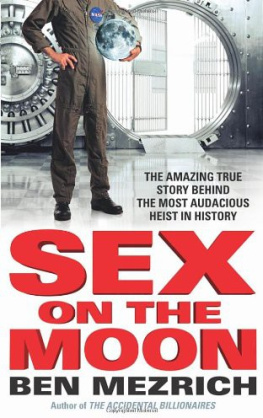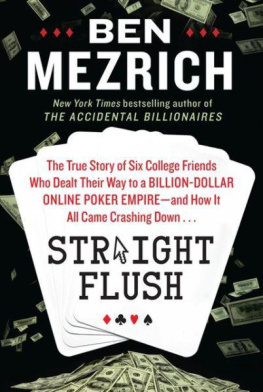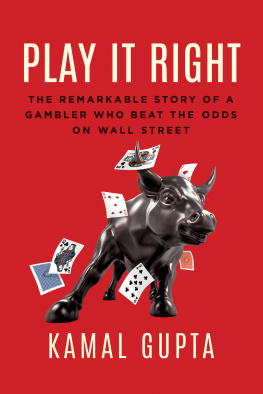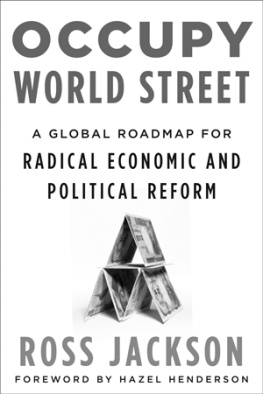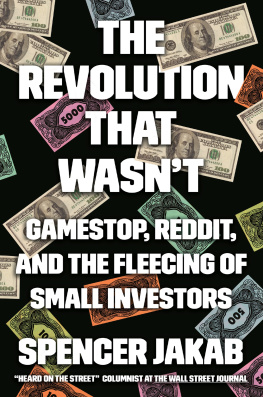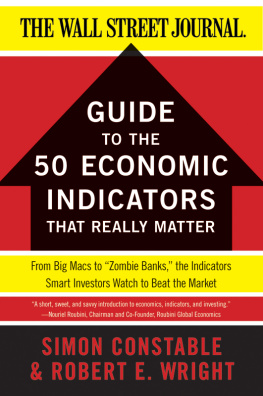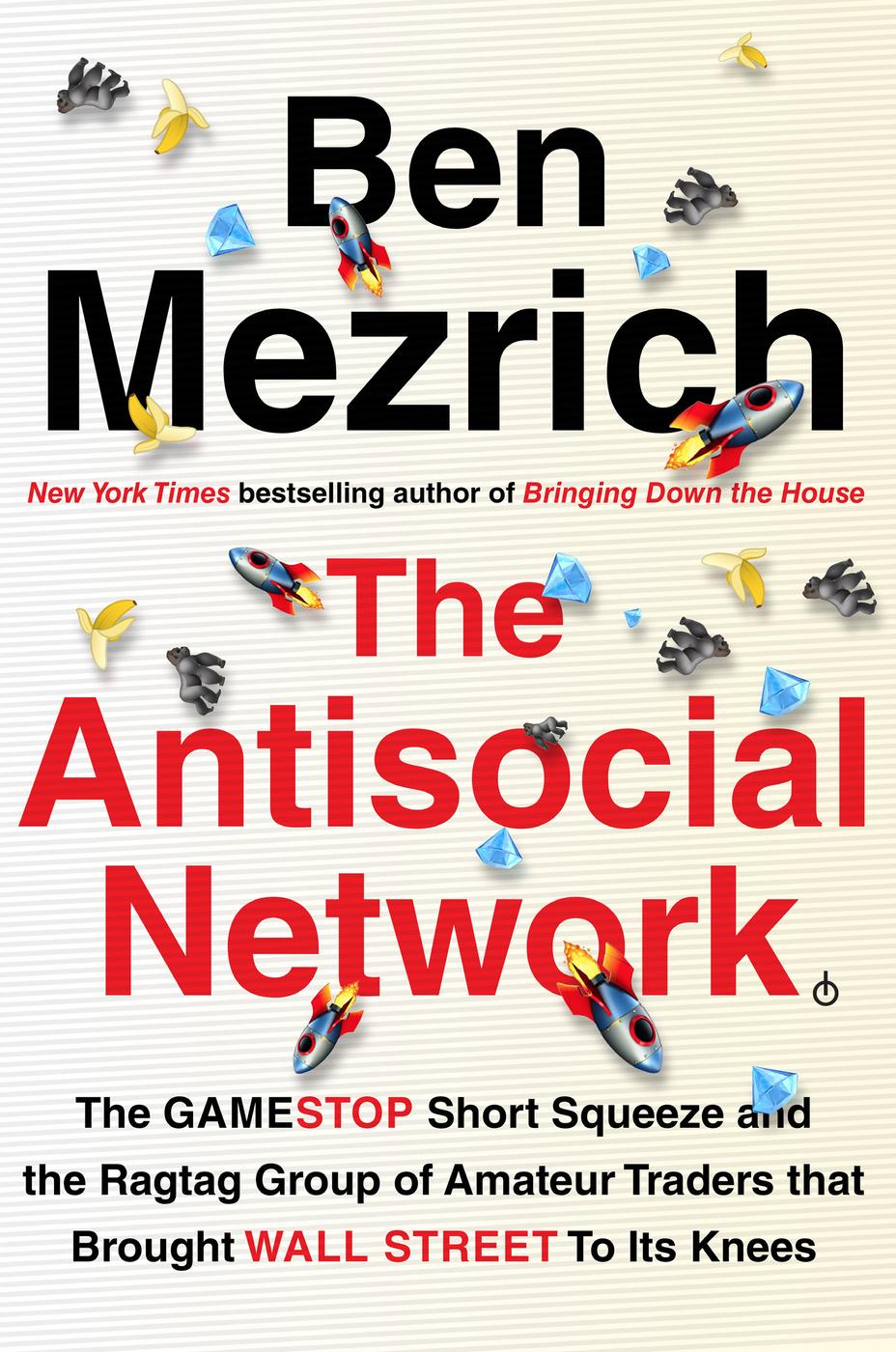
This publication is designed to provide competent and reliable information regarding the subject matter covered. However, it is sold with the understanding that the author and publisher are not engaged in rendering financial or other professional advice. Laws and practices often vary from state to state and if financial or other expert assistance is required, the services of a professional should be sought. The author and publisher specifically disclaim any liability that is incurred from the use or application of the contents of this book.
Copyright 2021 by Mezco, Inc.
Cover design by Keenan
Cover copyright 2021 by Hachette Book Group, Inc.
Hachette Book Group supports the right to free expression and the value of copyright. The purpose of copyright is to encourage writers and artists to produce the creative works that enrich our culture.
The scanning, uploading, and distribution of this book without permission is a theft of the authors intellectual property. If you would like permission to use material from the book (other than for review purposes), please contact permissions@hbgusa.com. Thank you for your support of the authors rights.
Grand Central Publishing
Hachette Book Group
1290 Avenue of the Americas, New York, NY 10104
grandcentralpublishing.com
twitter.com/grandcentralpub
First edition: September 2021
Grand Central Publishing is a division of Hachette Book Group, Inc. The Grand Central Publishing name and logo is a trademark of Hachette Book Group, Inc.
The publisher is not responsible for websites (or their content) that are not owned by the publisher.
The Hachette Speakers Bureau provides a wide range of authors for speaking events. To find out more, go to www.hachettespeakersbureau.com or call (866) 376-6591.
Library of Congress Control Number: 2021939248
ISBNs: 978-1-5387-0755-5 (hardcover), 978-1-5387-0758-6 (ebook), 978-1-5387-0779-1 (international)
E3-20210818-SIG-DA-ORI
For Asher and Arya, who basically lived at GameStop on Boylston until the pandemic hit; and for Bugsy, who was always right there beside them.
Explore book giveaways, sneak peeks, deals, and more.
Tap here to learn more.

The Antisocial Network is a dramatic, narrative account of one of the most unique moments in Wall Street history, based on dozens of interviews, multiple first-person sources, hours of testimony, and thousands of pages of documents, including records from a number of court proceedings. Though there are different and often contentious opinions about some of the events in the story, to the best of my ability, I re-created the scenes in the book based on the information I uncovered. Some dialogue has been re-created. In some instances, certain descriptions and character names have been altered at the request of my sources to protect privacy.
Although, over the years, I have spent many hours browsing the aisles of my local GameStopI was, after all, a video game junkie during my twenties, came of age in the era of Pac-Man and Donkey Kong, and have an eleven-year-old who can name every character in Fortnite and RobloxI can honestly say that I never expected to write a book that revolved around the company or, at least, the companys stock. Like many people around the worldtrapped at home during the height of the pandemicI watched the market turmoil that came to a head the week of January 25, 2021, with a mixture of amazement and amusement. There was no question that something dramatic was happening: a David versus Goliath story involving a ragtag group of amateur investors, gamers, and Internet trolls taking on one of the biggest hedge funds on Wall Street. But it wasnt until I delved deeper into the story that I began to think that it was also something significant; that what we were all seeing, from our quarantine couches and our masked-up, socially distanced perches, was the first shot in a revolutionone that threatens to upend the financial establishment as we know it.
The deeper I looked, the more I believedthe battle that drove the price of a single share of GameStop to a premarket high of $500 on January 28 had origins that dated back to Occupy Wall Street and beyond, when an anger toward big banks and the havoc wreaked in the last economic meltdown bubbled up into largely impotent protests and sit-ins. At the same time, the rise of GME could also be seen as the culmination of a populist movement that began with the intersection of social media and the growth of simplified, democratizing financial portalstech that weakened the old-world pillars propping up the financial establishment, represented by the biggest upstart in the business, Robinhood, and its millions of mostly millennial devotees.
What seems certain, to me, is that this first, revolutionary shotfired directly at Wall Street, if not from Main Street, from the basement of an amateur trader a few blocks awayis only the beginning. Those old-world pillarsprotecting the suits and ties from the rabble outsideno longer seem so firm. A sea change has begun, right alongside the crypto revolution, with very similar philosophical implications.
Its impossible to know where this change will lead; how Wall Street will respond, whether what has now been unleashed by social media can even be contained. But historically, revolutions fed by anger tend to go in the same direction. At some point, once the pillars start to shake, the walls inevitably fall.
Theres deep value, then theres deep
fucking value.
Keith Gill
January 26, 2021
E ight minutes past four in the afternoon.
A glass-walled office on the twenty-second floor of a skyscraper on Madison Avenue. Desolate, vacant, the lights dimmed, the empty trading desks lined up and lifeless, like high-tech terra-cotta soldiers, chairs pushed in, and Bloomberg terminals dark. A place that, one year earlier, would have been brimming with activity; the pulsing, beating heart at the center of one of the most powerful and successful hedge funds in the world. Now, quietalong with all the other offices in all the other skyscrapers in the pincushion that was New York.
Twelve hundred miles away, tethered to that slumbering core by a somehow still functioning circulatory system of cell towers, satellites, and fiber-optic cables, Gabe Plotkins world was coming to an end.
This cant be happening.
His tailored Oxford shirt was soaked through, and his tie felt like a noose around his neck, shifting up and down with each exaggerated throb of his rapidly accelerating pulse. His jacket was already off, draped over a corner of his chair, but it didnt make any difference. If he had been at his desk in that office on Madison Avenue, instead of lodged in an extra bedroom in his rented pandemic home in Florida, it would have been thirty degrees outside the picture window behind himthe kind of view generally reserved for Wall Street bankers, still staggering despite the sparse traffic snaking through the pincushion of Midtown and between the Covid-emptied sidewalksand hed have turned the heat as far down as it would go.
But here in Florida, the rivulets of sweat ran down the back of his neck and dampened the seams of his brightly patterned socks.
Impossible.
Gabes eyes watered as he stared at the computer screen in front of him. The chart on the screen was inconceivableand yet, there it was, a daggered mountain that rose like Everest where no mountain should have existed. Even as he watched, seconds ticking away at the bottom of the screen, charting the first few minutes of after-hours trading on an otherwise unremarkable Tuesday afternoonthat mountain was growing right in front of his eyes,



